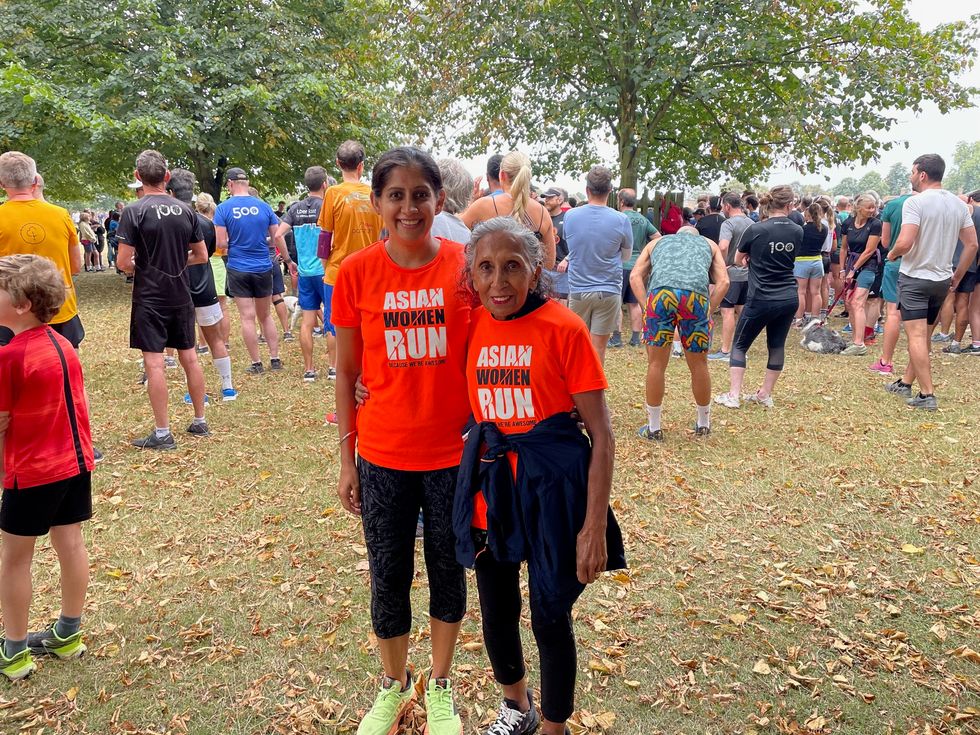HOW do you solve a problem like Boris? Rishi Sunak will hope to have fewer political headaches once the former prime minister leaves parliament, but will know we will all be hearing much more from Johnson.
His statement resigning as an MP was one of his more Trumpian moments - blaming everything not on his own actions, but on a plot against him.
Johnson’s problem is that Britain is not America. Two-thirds of Republicans have stayed loyal to former US president Donald Trump despite everything: his false allegations about a stolen election, the violent insurgency at the Capitol and being indicted for serious crimes have increased his lead in Republican primary race.
Johnson cannot hope for such blind loyalty in Britain. Two-thirds of people believe he broke the rules then knowingly misled parliament, with only a sixth of the public and third of Conservatives believing Johnson’s account. It is a funny kind of ‘Remain conspiracy’ when most people who voted Leave don’t believe the former prime minister.
Whatever his flaws, Johnson has been the most consequential British politician of this century. He famously wrote two columns as he agonised over which campaign to join and his decision may have tipped the narrow result. Former UKIP leader Nigel Farage, though he did much to put Brexit on the agenda, put off crucial swing voters in the referendum itself, while Johnson was a campaign asset in 2016.
Johnson also broke the three-year Brexit stalemate after succeeding Theresa May in 2019 - though Johnson would have opposed anybody else making the compromises that he made, often while denying that he had done so.
So there would probably have been no Brexit without Johnson. In this sense, we all live in Johnson’s Britain now. This month’s seventh anniversary of the 2016 referendum does see a seven-year itch in public attitudes. Confidence that Brexit was the right decision has never f

allen lower. Yet, the dominant mood is exhaustion with the whole subject.
That is a problem for rejoiners, who want people to see that concerns about the economy and the NHS are exacerbated by Brexit. But it is also a problem for Johnson – who wants to reactivate the Brexit tribes to defend his own reputation. The instinct of both Sunak and (Labour leader Keir) Starmer to find out what a more pragmatic approach to what post-Brexit cooperation between the UK and the EU can achieve reflects the public mood for now.
Johnson’s legacy beyond Brexit appears thin. He had a talent for words, but lacked the attention span to govern. His active preference for chaos in the court politics of Downing Street proved a form of self-sabotage. The scale of the pandemic gave his government a purpose, before the anger at parties among the rule-makers in Downing Street brought him down.
The irony of any pro-Johnson revolt against Sunak from the right is that it would have to ignore what Johnson himself did in office. Johnson’s letter to Sunak bemoans high taxes, but he was for spending whenever it was popular, particularly on the NHS and police. Johnson was an active champion of the net zero consensus, which his usual allies are more sceptical of.
Britain’s record levels of immigration are another Johnson legacy to Sunak. This reflects Johnson’s broadly pro-migration views, since he was mayor of London, which made him an advocate for more open non-EU migration, for letting graduates stay to work and for a new visa to welcome Hong Kongers to Britain. Johnson’s personal instinct to be pretty open with immigration controls did not prevent him using Dominic Cummings’ slogans about a Turkish influx during the referendum, making insincere promises to cut overall numbers in 2019, despite his policies doing the opposite, or from backing Priti Patel’s Rwanda deal, claiming this would deport tens of thousands of asylum seekers to Africa.
So Johnson’s political career exemplifies both the power and the limits of always wanting to have your cake and eat it on every issue.
Sunak’s problem is that the political soap opera makes his narrow path to a General Election victory ever narrower. There is little strategy behind Johnson’s allies resigning to force by-elections – a form of rebellion by political suicide – but the factional in-fighting will reinforce a public perception that a party in office for 13 years needs some time out to try to sort itself out.
The Labour opposition are the big gainers. The party is anxiously preparing for much greater scrutiny of its plans for government, but factional fights among the Conservatives may delay and crowd out that policy debate.
With Johnson out of parliament and back in the media, expect endless headlines about a potential comeback. Whether there is a final act one day, both Sunak and Starmer could be grappling with the contradictions of Johnson for many years to come.
















 Heehs describes two principal approaches to biographyAMG
Heehs describes two principal approaches to biographyAMG



 David Beckham wearing a David Austin Roses "King's Rose" speaks with King Charles III during a visit to the RHS Chelsea Flower Show at Royal Hospital Chelsea on May 20, 2025Getty Images
David Beckham wearing a David Austin Roses "King's Rose" speaks with King Charles III during a visit to the RHS Chelsea Flower Show at Royal Hospital Chelsea on May 20, 2025Getty Images
How Johnson fallout will affect Tories and Labour
Ex-Prime minister ‘could narrow’ Sunak’s general election victory path